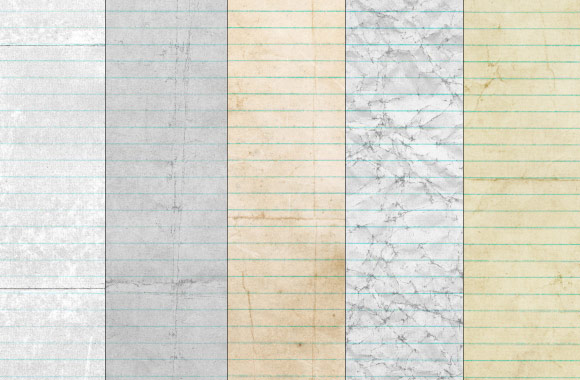
History of printing
It was old, and xylograph was performed in China in the seventh century, and printing with the printing type of the earthenware was performed in the eleventh century.
The print by the metal is confirmed in Korea of the thirteenth to the 14th century. In Europe, printing spread out by the invention of the type printing technology using the metal by John Gutenberg rapidly.
Letter print by the printing, picture by the intaglio, printing of the cut were carried out afterwards in Europe and America.
German Senefelder invented the lithograph in 1798, and this became the beginning of the surface printing.
As for the planography offset printing that became mainstream, an American roux bell devised conversion to paper with a thing used for print to tin plate till then now in 1904.
Printed matter was not published during a little less than 300 years since "a one million small three-storied pagodas mystic Buddhist formula" that is the existing world's oldest printed matter was published in Japan, but, it was performed a lot printing with the xylograph around a temple by the fashion of "PrintSutraMemorial service" which was going to get an act of charity by performing handpress of a text of a sutra in large quantities in the Heian era.
Printing was carried out in the same way afterwards around a temple in the Kamakura era.
In the Azuchimomoyama era, the Christian edition that was the first metal type printing was carried out by a propagator of the yes society in Japan.
Tree printing type or xylograph was used for these that publication culture would open a flower by the reading for the common people at a stretch from the middle of Edo era to the early days.
Time enter in the Meiji era, and Shozo Motoki founds a Shinmachi printing place in Nagasaki in 1870, and this becomes the company which performed first Japanese type printing.
The print by the metal is confirmed in Korea of the thirteenth to the 14th century. In Europe, printing spread out by the invention of the type printing technology using the metal by John Gutenberg rapidly.
Letter print by the printing, picture by the intaglio, printing of the cut were carried out afterwards in Europe and America.
German Senefelder invented the lithograph in 1798, and this became the beginning of the surface printing.
As for the planography offset printing that became mainstream, an American roux bell devised conversion to paper with a thing used for print to tin plate till then now in 1904.
Printed matter was not published during a little less than 300 years since "a one million small three-storied pagodas mystic Buddhist formula" that is the existing world's oldest printed matter was published in Japan, but, it was performed a lot printing with the xylograph around a temple by the fashion of "PrintSutraMemorial service" which was going to get an act of charity by performing handpress of a text of a sutra in large quantities in the Heian era.
Printing was carried out in the same way afterwards around a temple in the Kamakura era.
In the Azuchimomoyama era, the Christian edition that was the first metal type printing was carried out by a propagator of the yes society in Japan.
Tree printing type or xylograph was used for these that publication culture would open a flower by the reading for the common people at a stretch from the middle of Edo era to the early days.
Time enter in the Meiji era, and Shozo Motoki founds a Shinmachi printing place in Nagasaki in 1870, and this becomes the company which performed first Japanese type printing.
